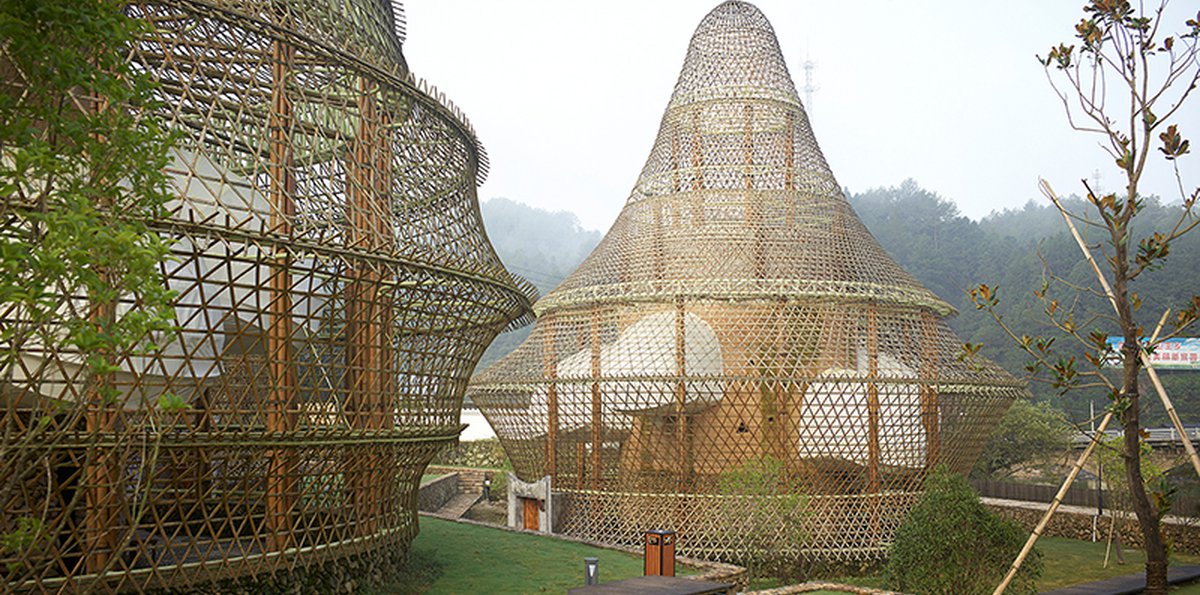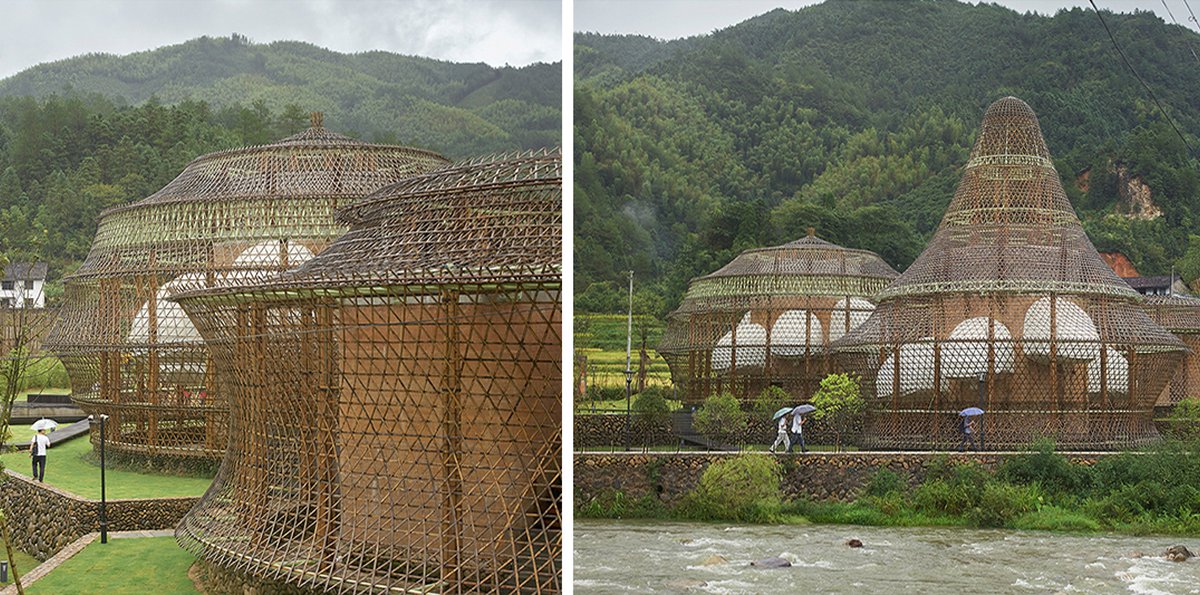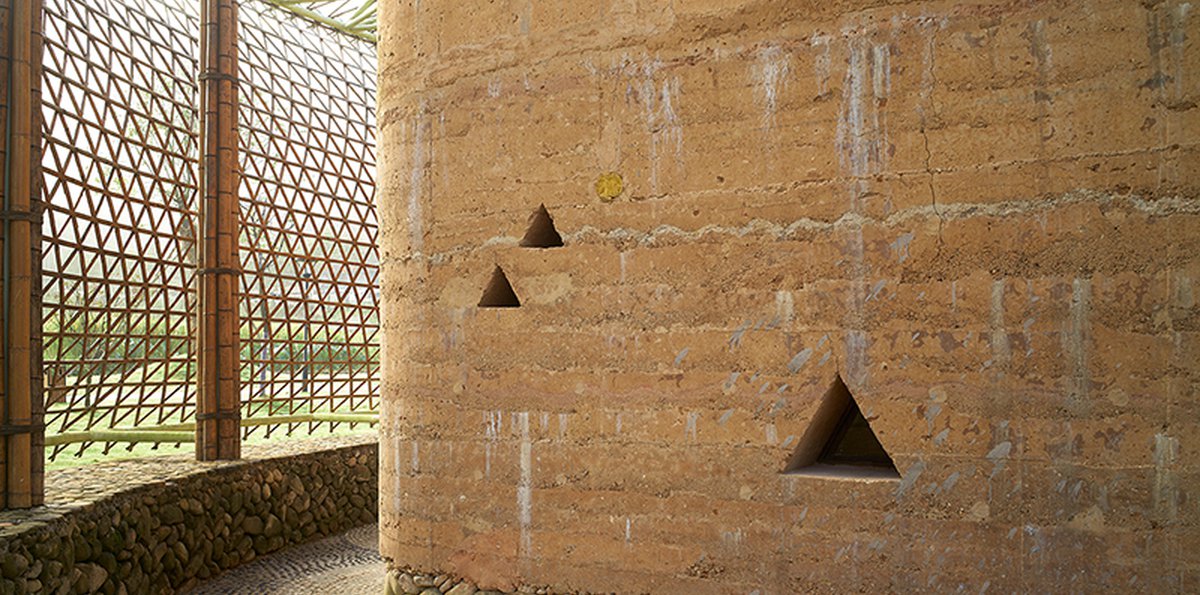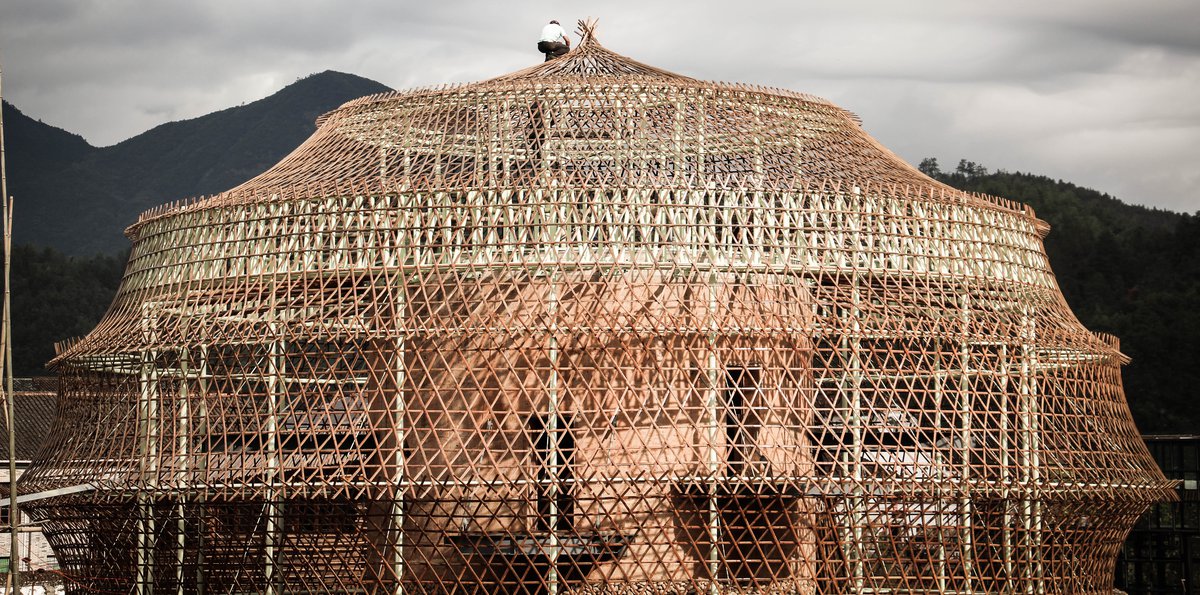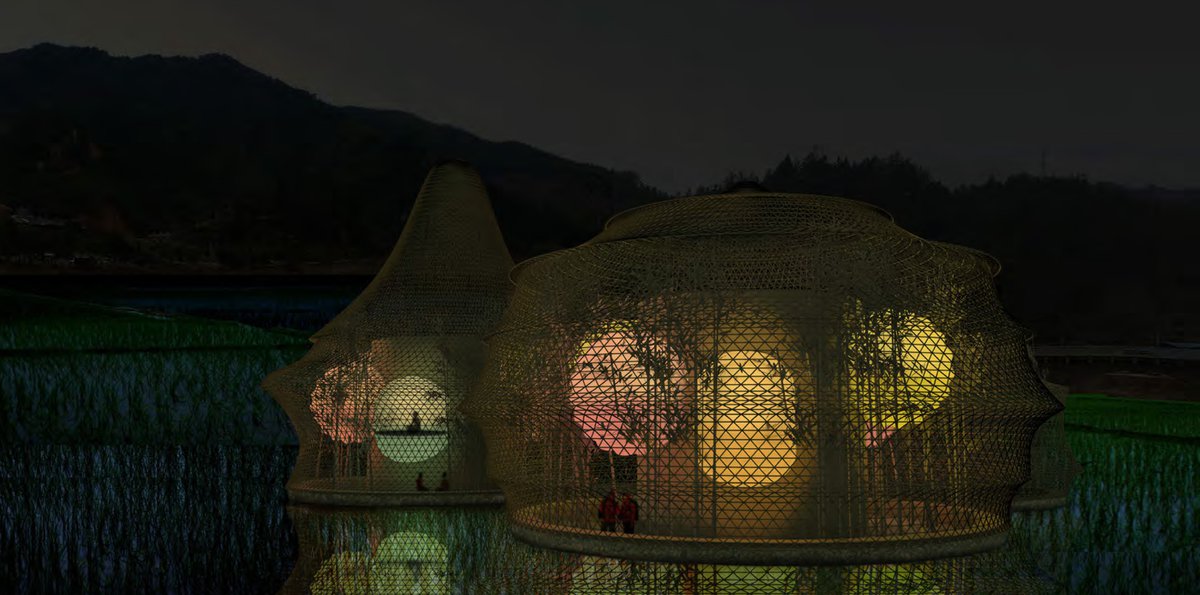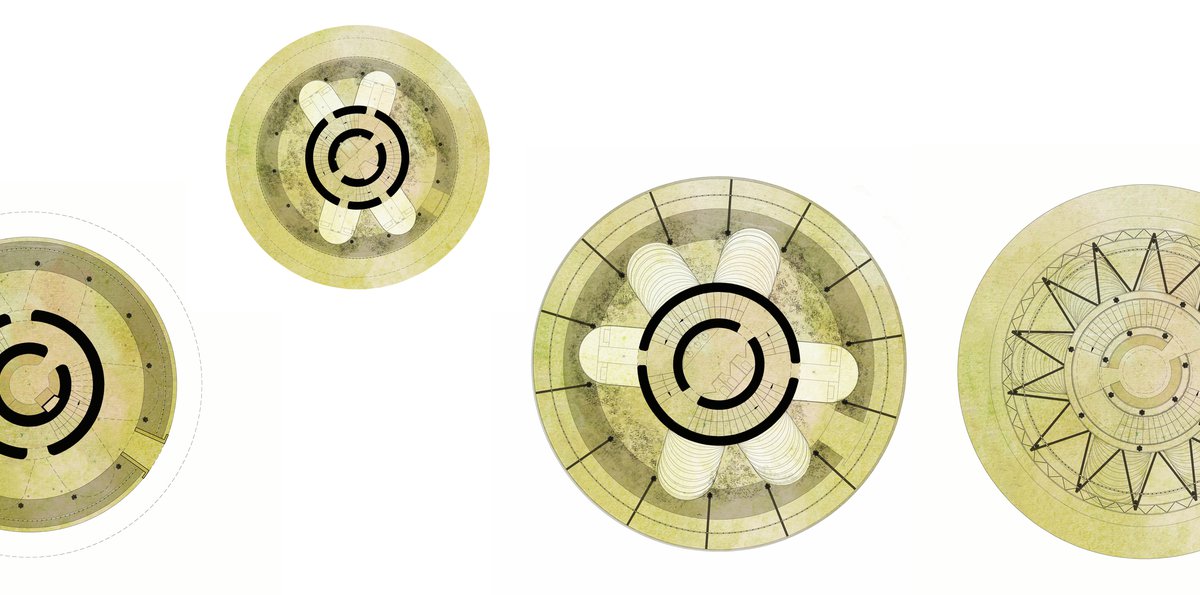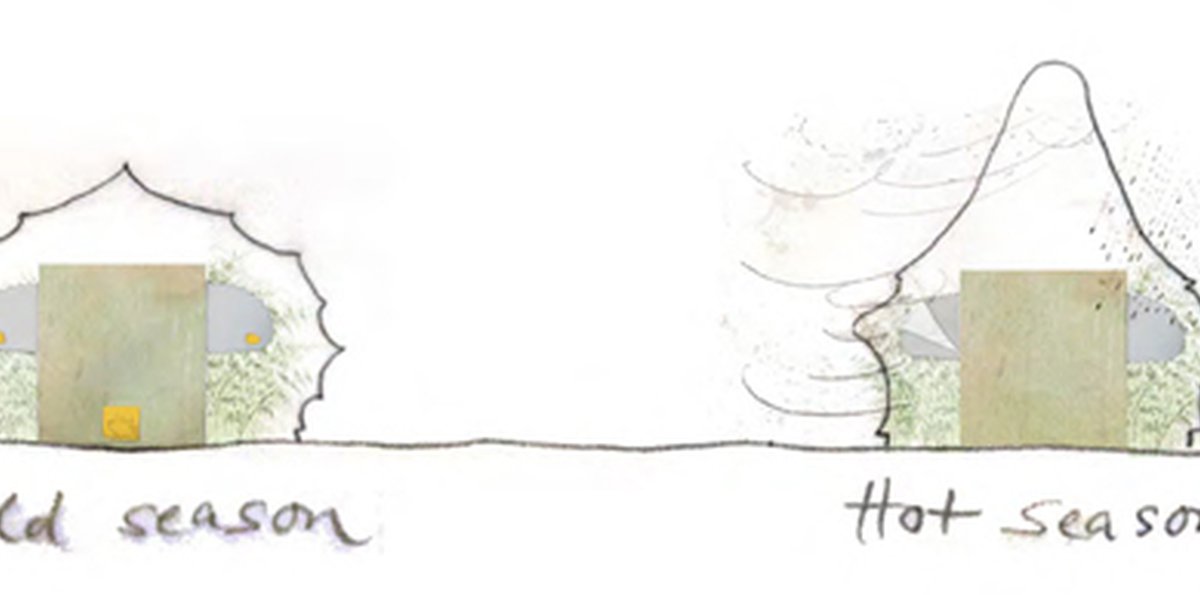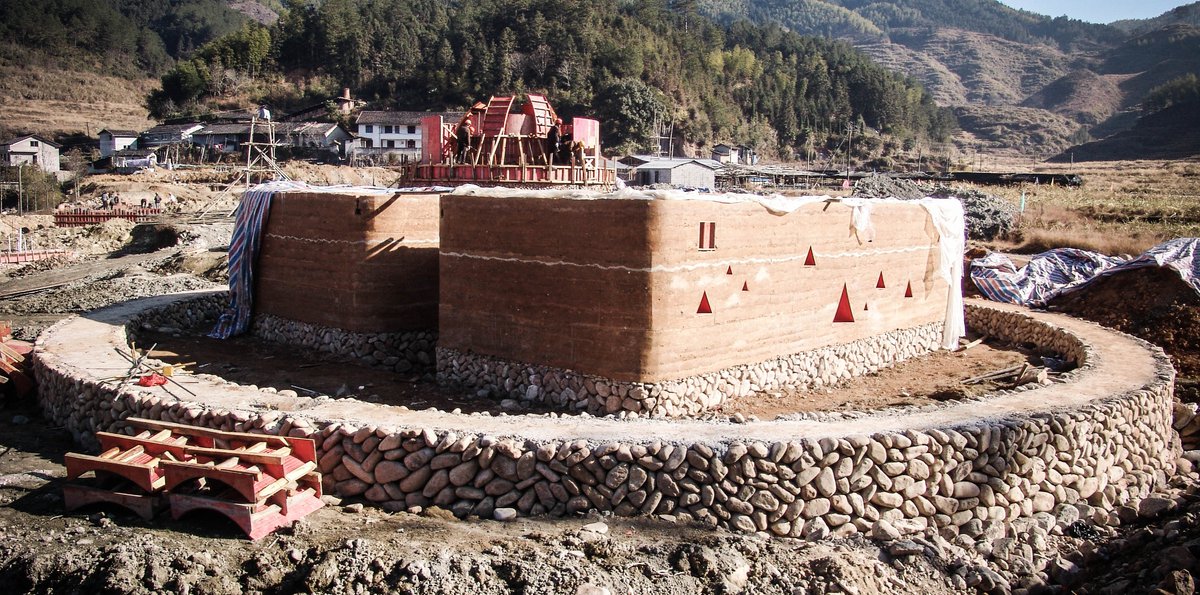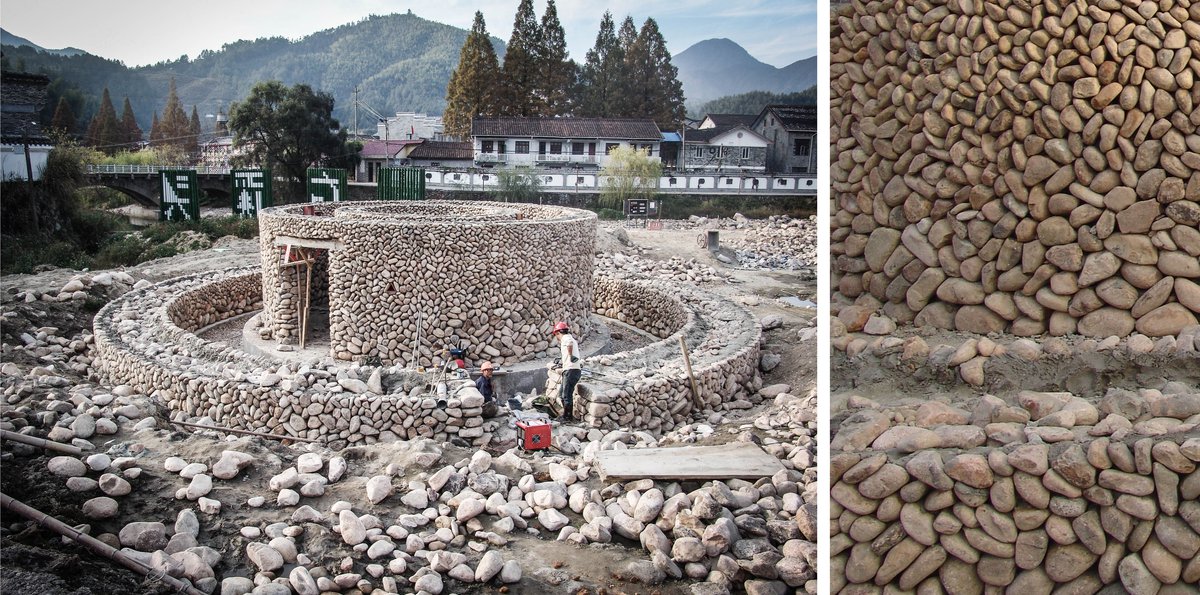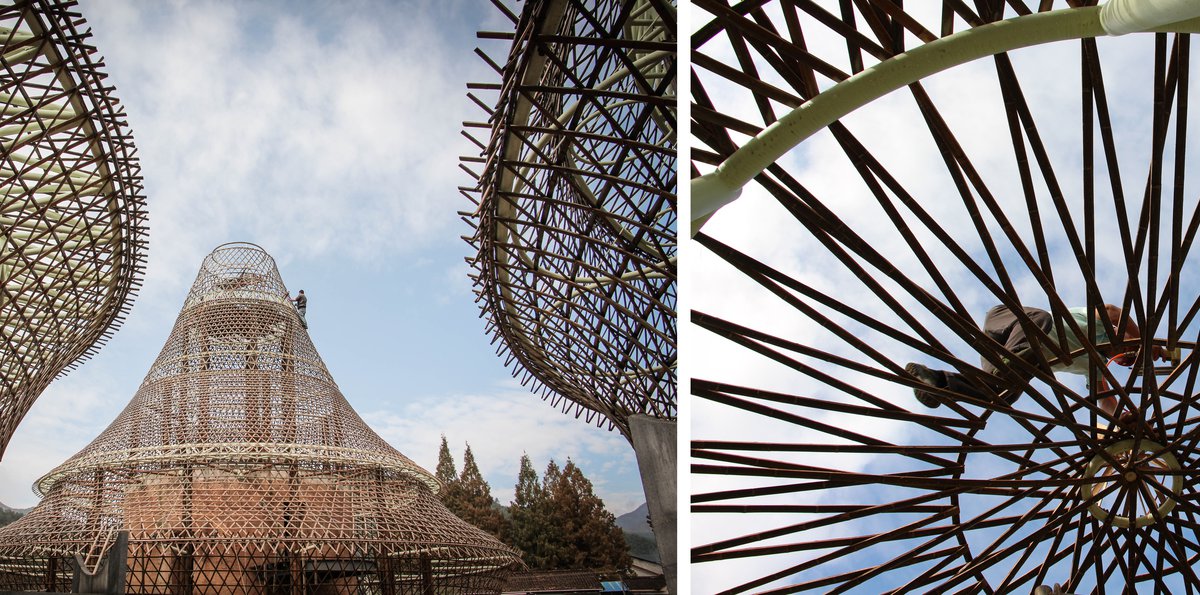Three Hostels in Baoxi, a village in China
The three hostels - the dragon, the nightigale and the peacock - aim to show a quite radical example of building simple yet poetic and humane in a way that it pushes the skills of local craftsmen onto a new level and leaves the biggest part of the profit with the community.
The clients and initiators of this project as well as my aim is to proof that we can create safe, beautiful and humane architecture with natural building materials, in this case particulary with bamboo.
With our planet`s limited resources it is not possible to build for seven billion people safe and good houses in steel and concrete only. The use of natural building materials is vital in order to enable a sustainable and fair development. Natural materials such as bamboo and mud often have a bad image. We need pilot projects like the one in the Bamboo Biennale to proof the excellent structural quality as well as their beauty and uniqueness in order to anchor them in contemporary architecture. Using non standardized, natural, local building materials will lead to more diversity in urban and rural regions, will enrich the culture of China`s contemporary architecture and preserve our planet`s ecosystem.
Concept and design: Anna Heringer
Team Studio Anna Heringer:
Stefano Mori, Karolina Switzer, Wayne Switzer, Yu Xi, Timur Ersen
Consultant in earthen structures and over all concept: Martin Rauch
Consultant in bamboo structures: Emmanuel Heringer
Consultant in heating system: Harald Mueller, Franz Petermann
Consultant in energy system: Prof. Klaus Daniels
Start of Design: March 2013 Completion: September 2016

